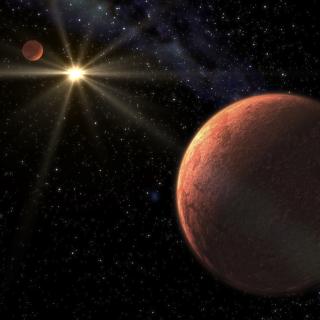|
Open clusters are groups of stars, from a few hundreds to several thousands of stars, which have formed from the same molecular cloud. They represent very important entities in our Galaxy to understand star formation and evolution because their members share similar distance, age and metallicity. This year our group has studied four of the closest open clusters to the Sun with the aim of reviewing the census of their members and to produce the first three-dimensional (3D) maps of their positions in space thanks to the data provided by the Gaia space mission. The scientific objective of this proposal is to identify the complete census and produce three-dimensional maps of the members of the about 100 clusters within 500 pc from the Sun and younger than 1 Gyr. The production of the three-dimensional maps uses a Bayesian code with Monte-Carlo simulations to determine the membership of the objects from the very precise astrometry and kinematics provided by the Gaia mission. The first phase of the project will consist of improving our code by upgrading its parallelisation and increasing its speed.
|




